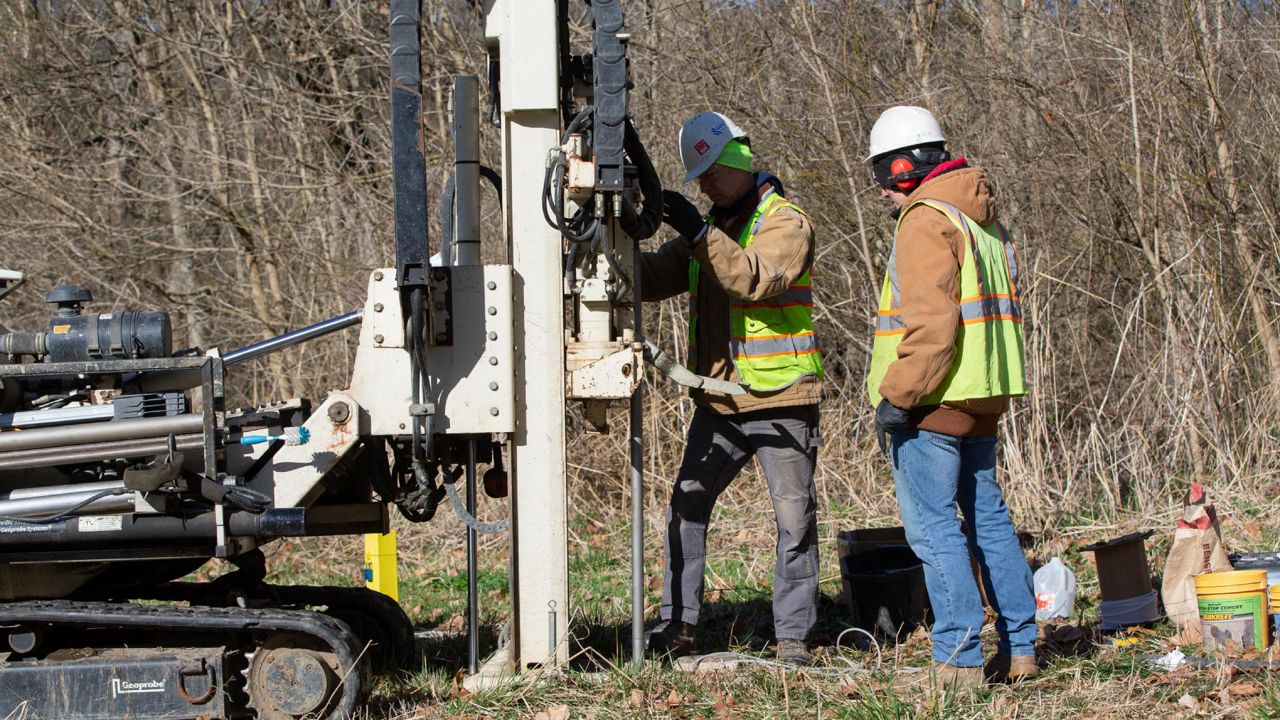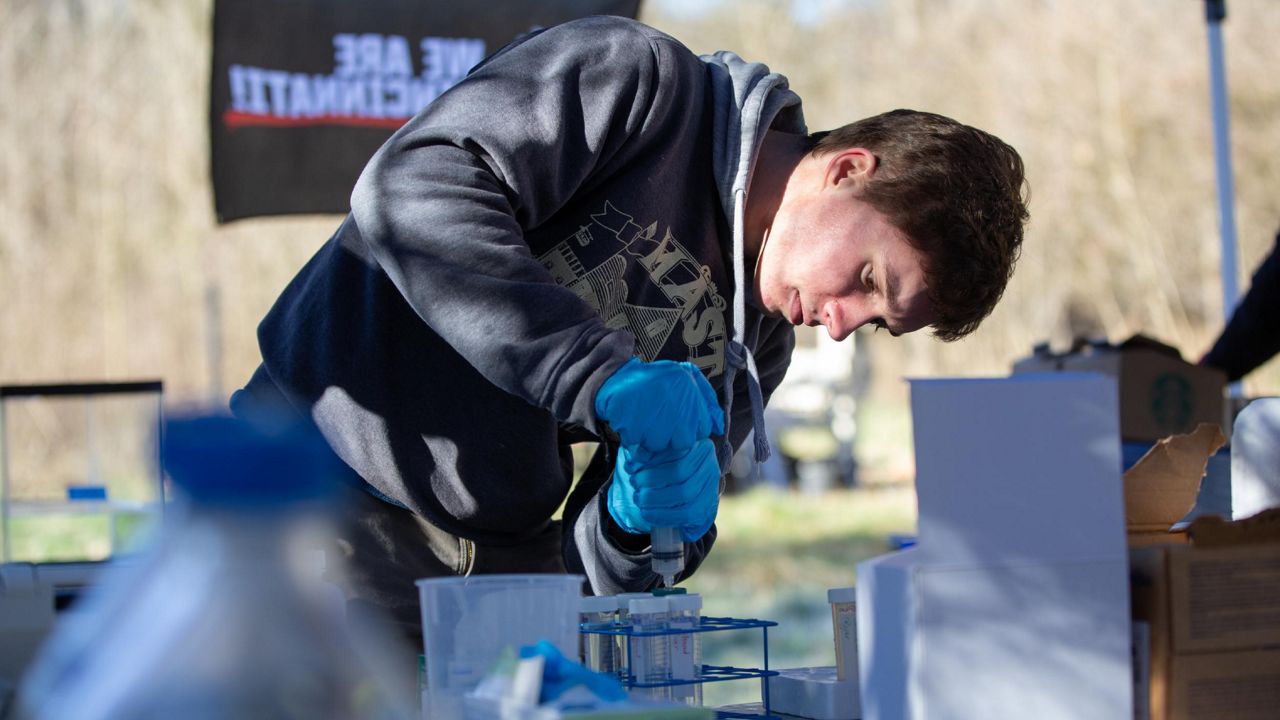CINCINNATI — The University of Cincinnati is launching a new study focused on Ohio’s drinking water, or more specifically looking at how toxins get into our ground water even when they come from distant sources.
That’s according to a university press release, which states the study is a partnership between their Department of Geosciences and the Environmental Protection Agency and the Pacific Northwest National Laboratory.
The study will be utilizing the university’s groundwater observatory on the Great Miami River, where the researchers will retrieve samples from various wells along the river.
“Underground aquifers are a source of drinking water for more than 2 million people in Ohio,” the release reads. “Scientists are trying to understand what happens to toxins such as PFAS, or “forever chemicals,” that leach into groundwater and how these systems differ from surface water in lakes, rivers and reservoirs.”

Before this study, the observatory was used to study the hydrodynamics of the water. Now the release notes it’s being used to study these chemicals, specifically PFAS.
“We’re close enough to get surface water mixing with groundwater,” Associate Professor of Geosciences Reza Soltanian said in the release. “Surface water is impacted by nutrients and agricultural runoff. But groundwater is also affected by those same things.”
The researchers will be studying the oxygen saturation of their samples, “compared to the levels of oxygen-consuming organic matter.”
“Knowing this ‘redox’ condition allows researchers to understand how microorganisms in the aquifer’s sediments consume carbon and alter the chemistry of the environment; a process that can impact the release of toxic chemicals into the drinking water, particularly in the substrate beneath the aquifer,” the release reads.
Soltanian, in the release, specifically highlighted the importance of this study now, as climate change causes more serious flooding to occur more often.



